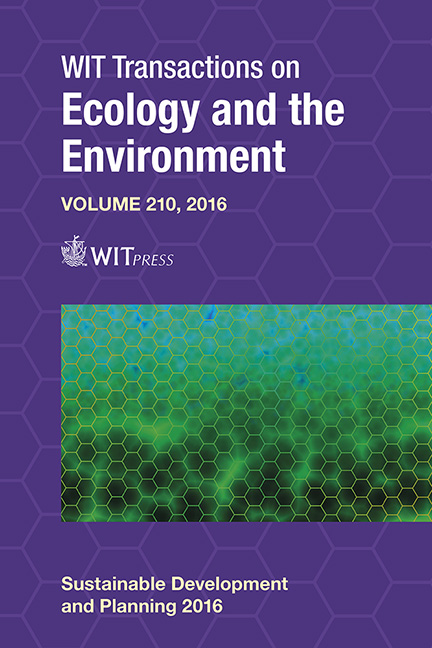Embara: Saigon’s Youth Arcadia
Price
Free (open access)
Transaction
Volume
210
Pages
12
Page Range
299 - 310
Published
2017
Size
2,787 kb
Paper DOI
10.2495/SDP160251
Copyright
WIT Press
Author(s)
A. Anas, S. S. Zubir, F. R. Razali, Z. Yahya, F. Kholid
Abstract
Gentrification and segregation are the two most polemic terms in urban discourse today. In a climate shaped by rapid globalisation and multinational corporations, widespread sameness is evident in any cosmopolitan hub. Conversely, each city has its own local, vernacular traditions. Considered to be the heart of Ho Chi Minh City, District 1 is the centre for all financial, commercial and administrative activity. Although it is still Vietnamese in character, this district has felt the effects of secularisation and modernisation most heavily. In order to confront the challenge of wider cultural amalgamation, the need to reform urban typologies for living, knowledge sharing, and profit making is paramount. By October 2016, a “New Urban Agenda” will be tabled at “Habitat III” placing culture at the centre of the debates on sustainable urbanism. Drawing ideas from hypothetical theories and cultural imperative of the scene, new strategies will be introduced to embrace the relationship of the human subject and urban environment. Embara is an attempt to articulate a sound and measure response through urban acupuncture. As a concept, wayfaring is used as a strategy to enhance the user experience in both solids and voids, public and private spaces. The mechanism which centres at building connection includes sequence of events that will become a catalyst to a chain of reaction in rejuvenating Ho Chi Minh City through new contextualisation of programs, targeted at the most critical group of citizens in the country, the youth.
Keywords
boulevard, centripetal space, chance encounters, connectivity, gentrification, gossip stations, haptic city, wayfaring





